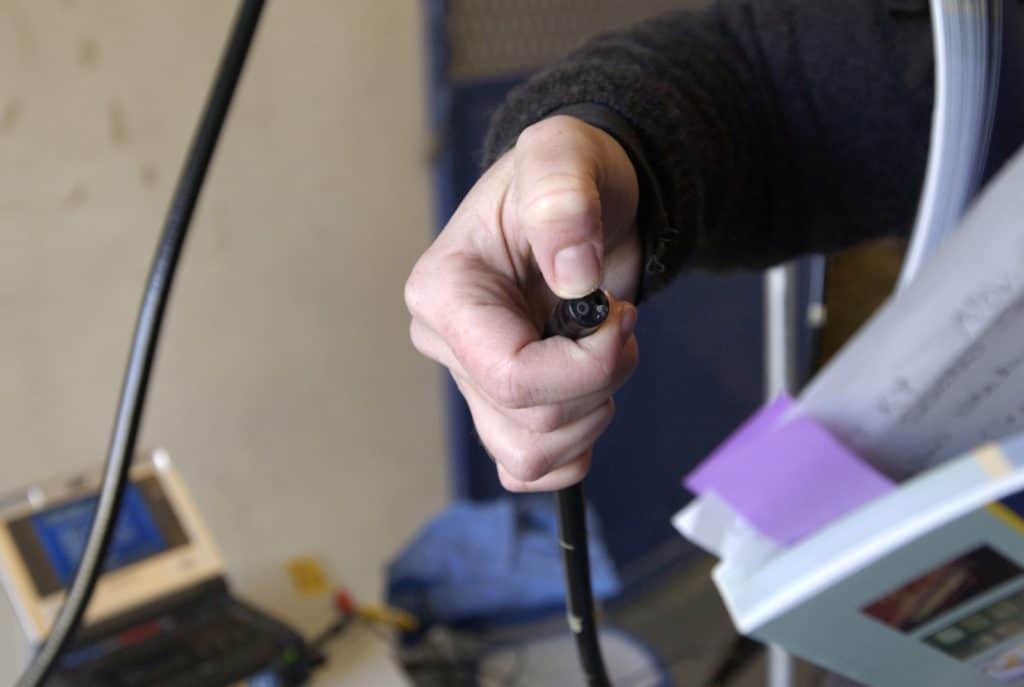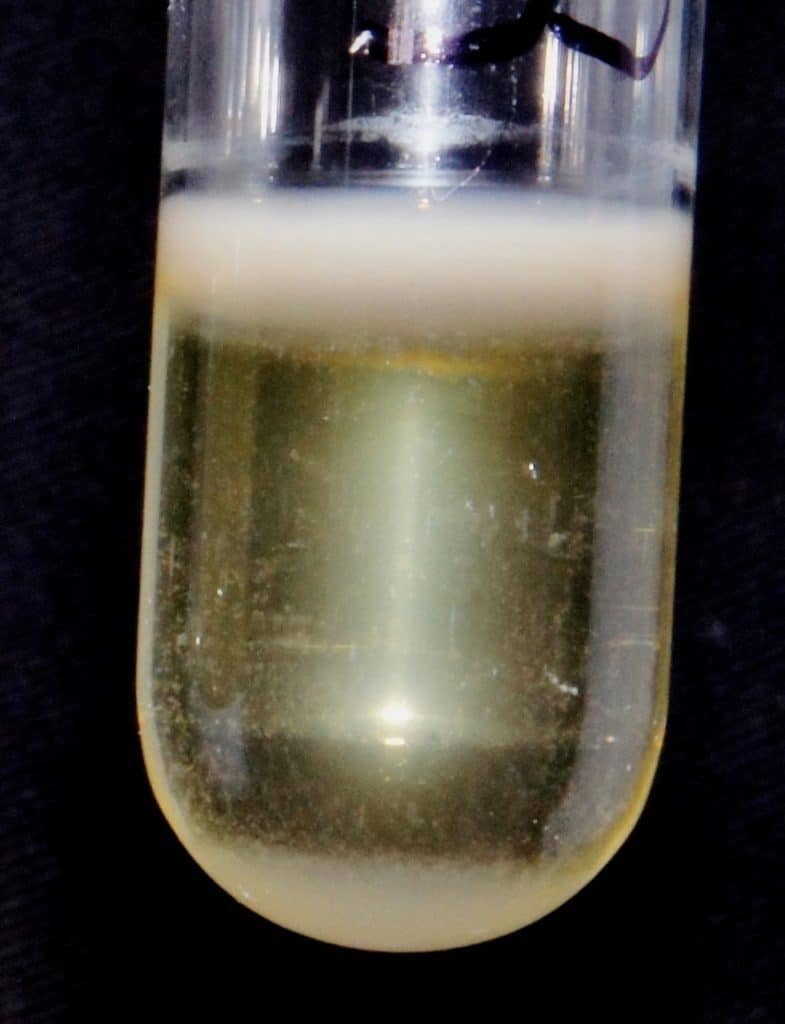
Can DNA Testing Lead to Better Endometritis Treatments?
Researchers found that particular genetic types of E. coli responded to the various antibiotics differently.

Researchers found that particular genetic types of E. coli responded to the various antibiotics differently.

Biosecurity isn’t just a consideration for show horses. Here are some tips on how to keep breeding stock disease-free.

Behaviorist Dr. Sue McDonnell shares research-based insight into how a mare’s temperament might influence her foal.

Researchers are exploring whether various diagnostic biomarkers could help assess fetoplacental well-being in mares.

Hysteroscopy involves running a flexible endoscope through the uterus to check for abnormalities.

Suspect a biofilm or latent infection if bacterial endometritis is treated appropriately, but the infection persists.

Anti-Mullerian hormone is a reliable marker for cryptorchidism, granulosa-cell tumors, and, possibly, mare fertility.

Veterinarians can use progesterone diagnostically to evaluate luteal function during early pregnancy.

A reproduction specialist reviews how she successfully managed and impregnated a particularly challenging problem mare.

University of Kentucky’s Dr. Barry Ball defines the high-risk pregnancy and its causes and offers management options. Learn about fescue toxicosis, umbilical torsion, premature placental separation, and more in this information-packed lecture.

Researchers determined that pregnant mares can abort their fetuses as a stress response to prevent future infanticide.

No single agent reliably disrupted biofilm in all tested bacteria, but several were effective against specific species.

Start planning early to make the transition away from mom as smooth as possible.

Spring grass might be delicious for horses, but it can cause problems including laminitis and fescue toxicity.

The overall pregnancy rate in this study was 90% and, on average, mares got back in foal about 45 days after abortion.

What you need to know and expect when using this breeding method.
Stay on top of the most recent Horse Health news with
"*" indicates required fields